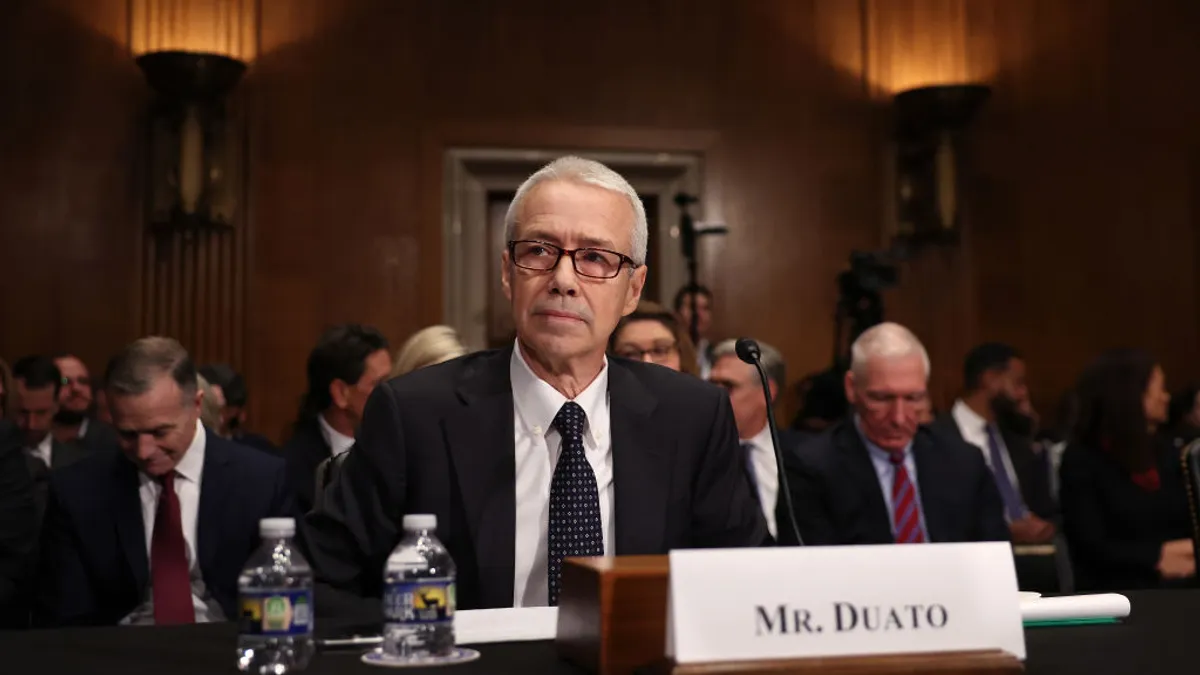Defining Value for Payers
Kelly Wilder, Executive VP, Managing Partner, Precision for Value, discusses why the value propositions pharmaceutical companies use should change depending on the payer audience.
PV: How has the payer landscape changed?
WILDER: The changes in the payer space over the last 10 years have been significant. Pharma companies and those companies that market to payers have gone from simply focusing on good access to drugs — which was the hallmark tactic for a company and that is  still important — to a world of very complex value propositions and considerations about evidence, outcomes, and quality. These variables are so much more dynamic in nature.
still important — to a world of very complex value propositions and considerations about evidence, outcomes, and quality. These variables are so much more dynamic in nature.
With those changes come a need to reconsider how we think of value and what constitutes value for decision makers. If we are thinking about communicating value to an integrated delivery system (IDN), that is going to be significantly different from communicating value to a PBM. An IDN is going to be interested in total cost to the system and it might even be willing to increase costs to a certain area if costs will be lowered to the system overall. A PBM is going to be much more focused on drug costs and will be much more conscious about reducing the overall drug costs for its health plan and employer customers. Health plans have a mix of objectives from lowering total cost of care to satisfying the needs of providers, members, and employers. The goals of each payer type are both unique and overlapping, requiring nuanced value messages for each audience.
In thinking about the value proposition for those different target audiences, we need to understand and have the knowledge of what motivates payers and what drives decision making, and then we need the follow through, which requires that we develop both messages and assets that communicate to payers in a way that will align to their objectives.
The pharma industry has done an exceptional job marketing to patients and providers but still is playing catch up in how to effectively market to payers. Companies often tell payers what they want to say rather than offering information and messaging that payers will be open to hearing. Pharma needs to focus on the data endpoints that matter most to each payer in this fragmented environment.
PV: How do you define value?
WILDER: The definition of value itself doesn’t change. What value means to a particular audience does change. In the simplest form, when we think of value we think of establishing a view of a product or service that appears to be equitable. Our job as marketers is to convince the various stakeholders and do that with evidence that what is being paid is fair or offers some tangible benefit. Value lives in that space.
Think about the autoimmune area, rheumatoid arthritis, or psoriasis, for example. This is a group of high-cost, specialty drugs. A more traditional health plan with responsibility for medical and pharmacy benefit is going to be concerned about the medical cost offset of the drug. That means these payers are not only interested in the price but also in whether there are associated cost offsets. For example, will there be fewer emergency room visits? Will there be a reduction in administrative charges?
A PBM looking at the autoimmune space is going to be thinking about what the bottom line is for its health plan and employer clients but primarily from a drug angle. When PBMs look at the options on the market and compare the various therapies that are available, they look at cost but also how the drugs are distributed and how the drug price may change over time. In many cases, the PBM may determine that the therapies function similarly so it will look at the lowest cost option. This is going to be the anchor for the PBM.
PV: What is the relationship between price and value?
WILDER: The escalating price of drugs is one of many reasons why value has become more important. There is a need to evaluate whether the cost of that drug is worth the price. There are all types of mechanisms about how these evaluations are being conducted. In the oncology space, for example, some payers are using various value tools and others are considering other important factors such as populationwide outcomes improvements.
Pricing is an important component, but it is one single variable. From a value perspective, pharmaceutical companies have to look at whether there are other domains of value, such as quality or better adherence, or site of care savings components.
PV: How can pharmaceutical companies communicate value to payers?
WILDER: When pharma companies became more invested in the payer space, they initially would use the same messages they used with doctors. to address payers. They would pick up much of the same information and they would present this information to these audiences and expect there would be acceptance of this information. We found that companies weren’t speaking to the audience.
We need to make sure we are communicating using the same language and metrics that are important to the payer decision makers.
When we think about value proposition for payers, the clinical information is important but there are so many different domains of value depending on the target audience.
For example, in diabetes, patient engagement and adherence is crucial. If a company can show metrics to a payer within its value proposition that its product can support medication persistence and help help reduce A1C levels for the population, those are very good value messages for payers.
Communicating value can be done in many ways, but it must be anchored with messages that will resonate.
PV: What are some best practices for pharmaceutical companies?
WILDER: My message to pharma would be: let’s not group payers into one uniform audience. When we look at the payer world, we know there are payer types that deserve a deeper look to understand what value means to them specifically. We have to start to dissect value for each of those decision making groups within the payer landscape whether it is an integrated delivery system, an employer, a health system, or a PBM, in a way that will be important to them. (PV)



















